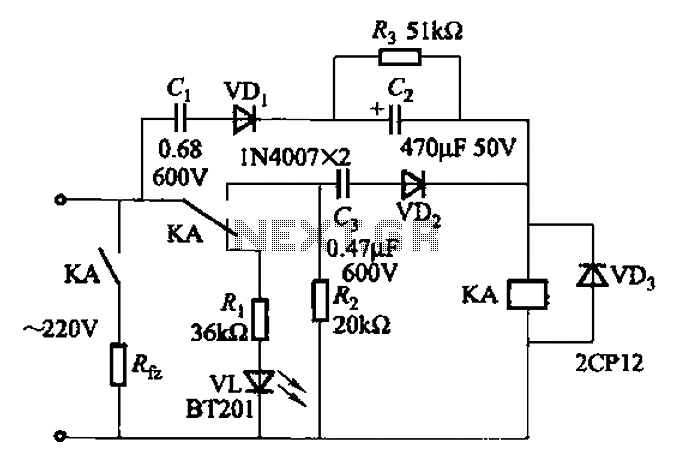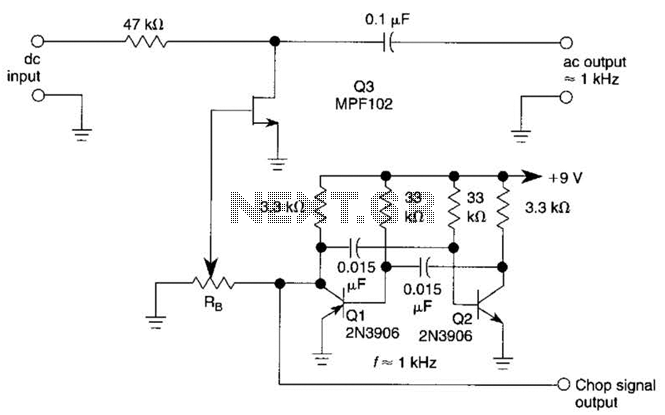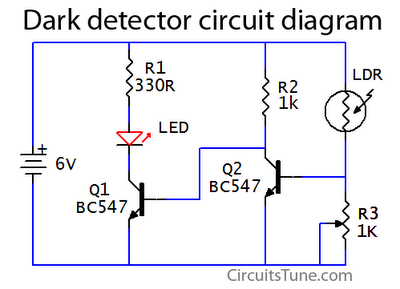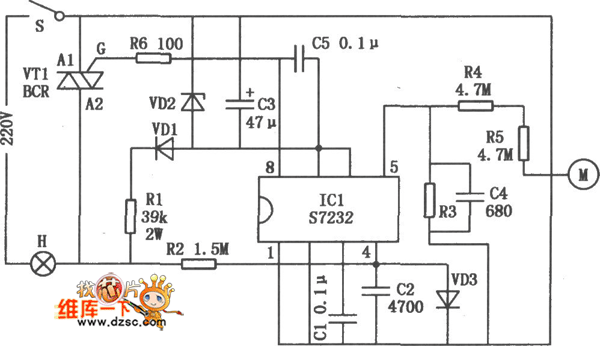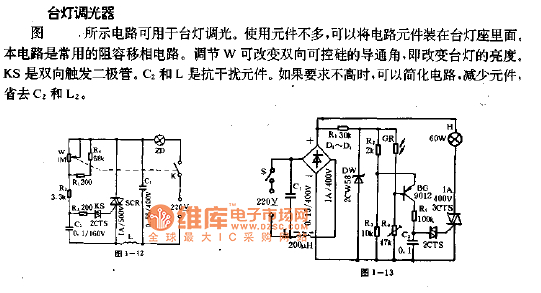
Composite pipe circuit limits bulb cold current of the circuit b

The composite pipe circuit limits the bulb cold current of the circuit. When the input signal is weak, a composite pipe circuit protection circuit is utilized, as illustrated in Figure 1.
The composite pipe circuit functions as a protective mechanism for electrical components, specifically designed to limit the cold current flowing through a bulb. This is particularly relevant in scenarios where the input signal may be insufficient, potentially leading to inefficient operation or damage to the circuit.
In practical applications, the circuit employs a combination of resistive and reactive elements to stabilize the current flow. The composite pipe, which may consist of various semiconductor materials, operates by adjusting the impedance in response to changes in the input signal. This allows the circuit to maintain a consistent output and prevent excessive current that could otherwise lead to overheating or failure of the bulb.
The protection circuit depicted in Figure 1 typically includes a series of diodes, capacitors, and resistors arranged to form a feedback loop. This configuration ensures that when the input signal drops below a certain threshold, the circuit automatically adjusts to limit the current. Additionally, the use of a composite pipe allows for enhanced thermal management, ensuring that the circuit remains within safe operating temperatures.
In summary, the composite pipe circuit is crucial for maintaining the integrity of the bulb's operation under varying input conditions, providing a reliable solution for cold current limitation and overall circuit protection.Composite pipe circuit limits bulb cold current of the circuit b When the input signal is weak, the use of composite pipe circuit protection circuit shown in Figure 1
The composite pipe circuit functions as a protective mechanism for electrical components, specifically designed to limit the cold current flowing through a bulb. This is particularly relevant in scenarios where the input signal may be insufficient, potentially leading to inefficient operation or damage to the circuit.
In practical applications, the circuit employs a combination of resistive and reactive elements to stabilize the current flow. The composite pipe, which may consist of various semiconductor materials, operates by adjusting the impedance in response to changes in the input signal. This allows the circuit to maintain a consistent output and prevent excessive current that could otherwise lead to overheating or failure of the bulb.
The protection circuit depicted in Figure 1 typically includes a series of diodes, capacitors, and resistors arranged to form a feedback loop. This configuration ensures that when the input signal drops below a certain threshold, the circuit automatically adjusts to limit the current. Additionally, the use of a composite pipe allows for enhanced thermal management, ensuring that the circuit remains within safe operating temperatures.
In summary, the composite pipe circuit is crucial for maintaining the integrity of the bulb's operation under varying input conditions, providing a reliable solution for cold current limitation and overall circuit protection.Composite pipe circuit limits bulb cold current of the circuit b When the input signal is weak, the use of composite pipe circuit protection circuit shown in Figure 1
